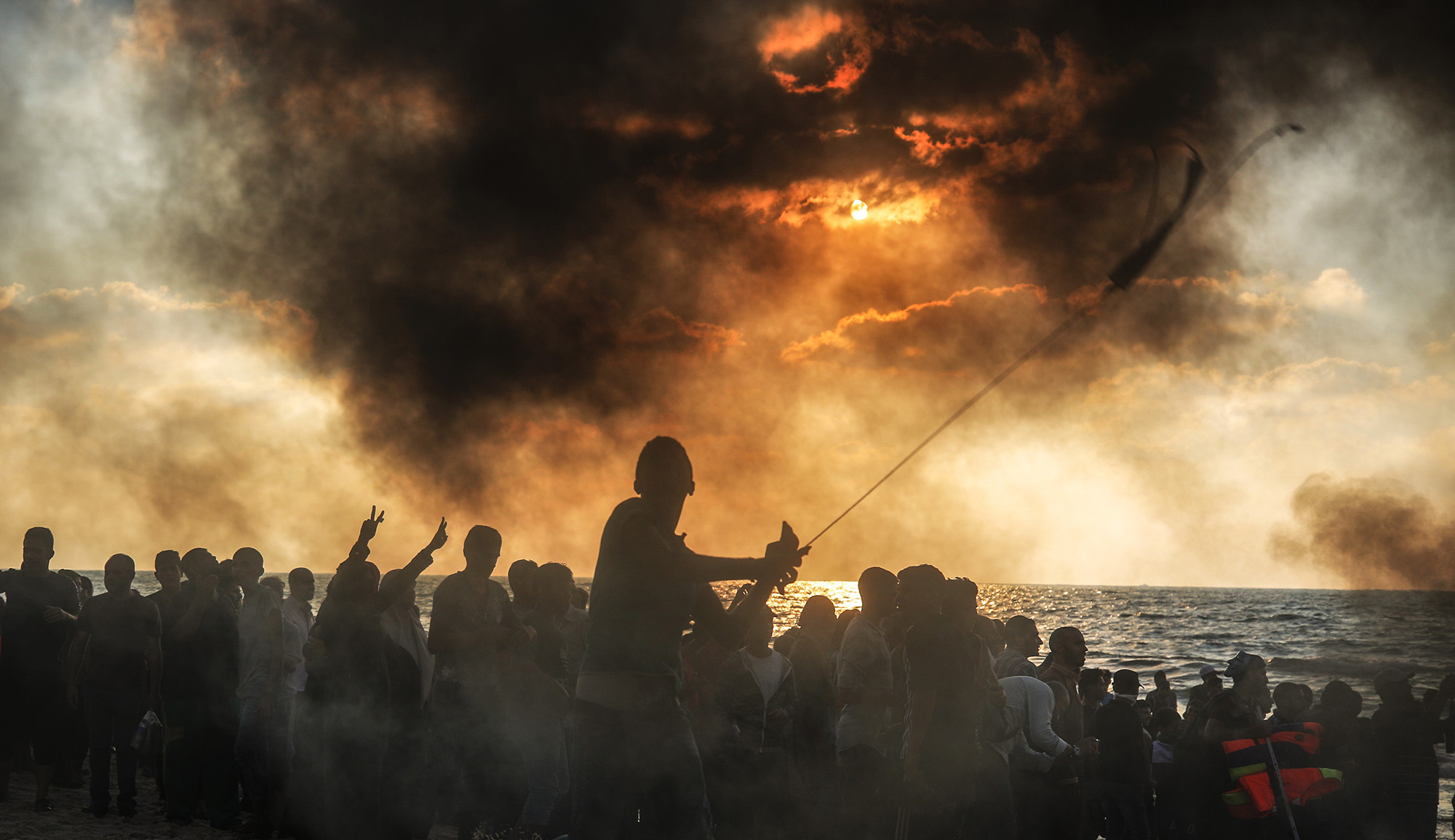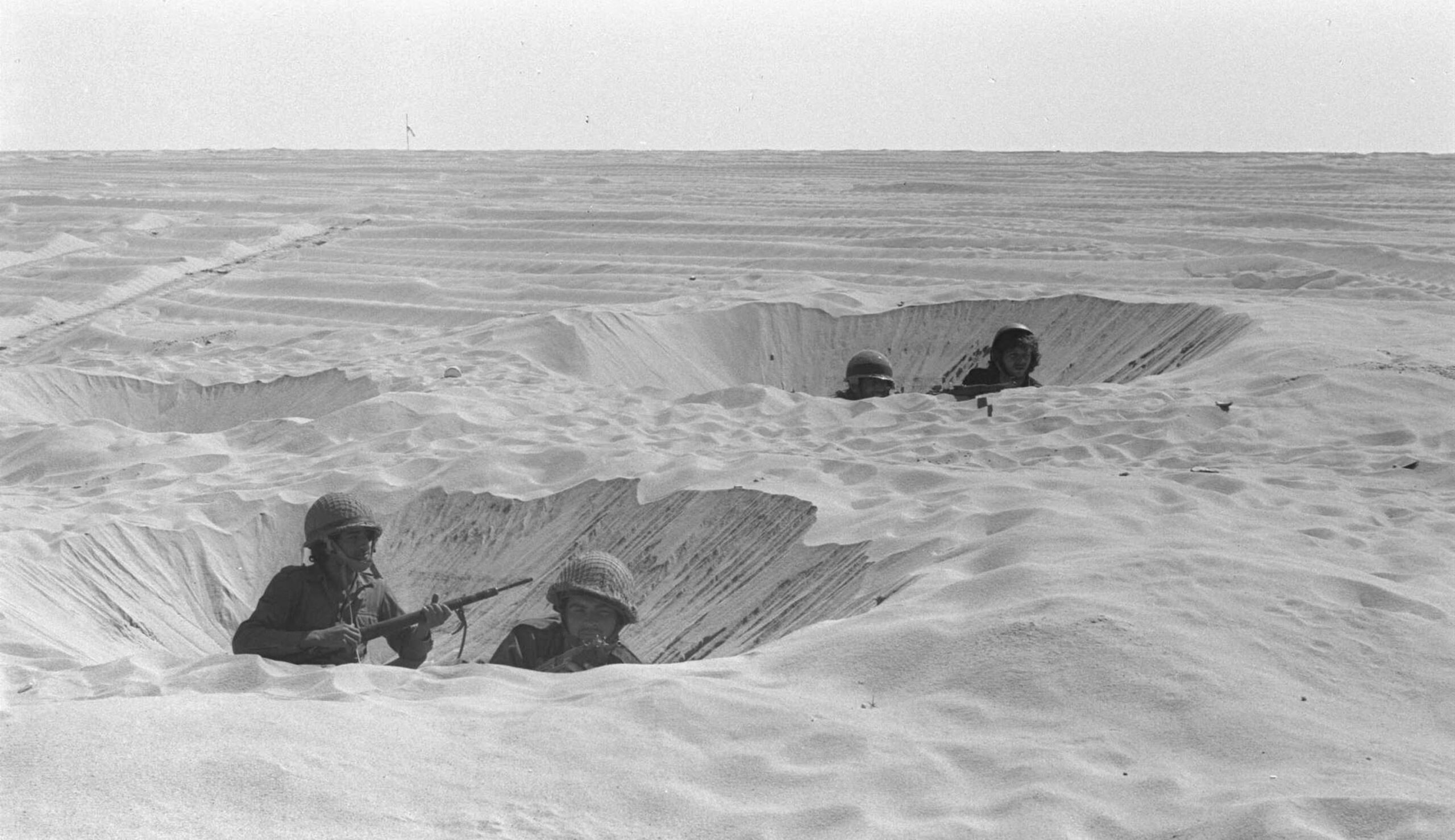According to a recent survey, Arabs ages eighteen to twenty-four are more likely to hold the U.S. and NATO, not Russia, responsible for the ongoing war in Ukraine. Anna Borshchevskaya seeks to explain why:
Conversations with elite figures in many Middle East capitals—influential diplomats, government officials, journalists, and businesspeople—reveal a surprising appreciation for Russia’s position, including sympathy for Vladimir Putin’s argument that Russia was forced to [invade Ukraine] to avoid encirclement by NATO.
There are several reasons so many of Washington’s traditional friends in the Middle East are, at best, ambivalent about the Ukraine war. Some of this has to do with their own sense of abandonment by the United States in their hour of need, a common complaint of Saudis and Emiratis who, like Ukraine, have been on the receiving end of Iranian drones—but not, in their view, the same massive showing of U.S. support.
These ideas, however, did not take root all by themselves. . . . Years before the Ukraine invasion, the Russian state-owned media outlets RT Arabic and Sputnik Arabic emerged as major sources of legitimate regional news in the Middle East. . . . Russian state-run media have retained full access to airwaves throughout the Ukraine crisis, enabling the Kremlin to propagate its narrative on the war via regional media. And Moscow knows its audience in the Middle East well. It routinely frames the war as a Russian challenge to the U.S.-led hegemonic order, an argument that plays well in many Arab capitals.
Read more at Washington Institute for Near East Policy
More about: Middle East, Russia, U.S. Foreign policy, War in Ukraine


